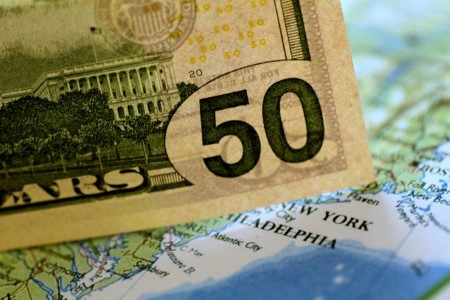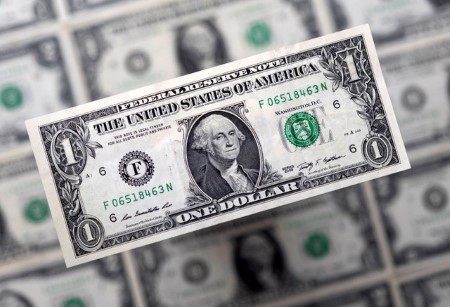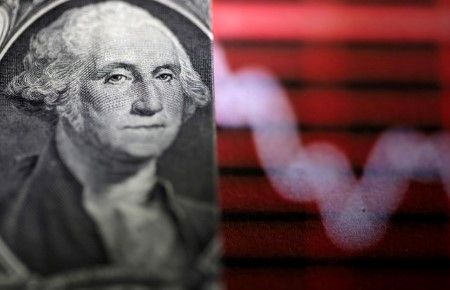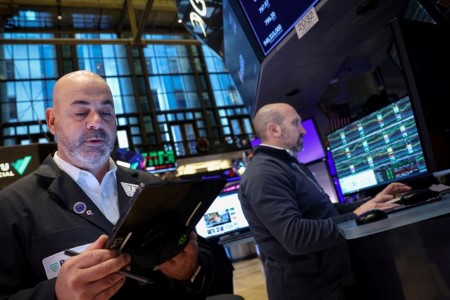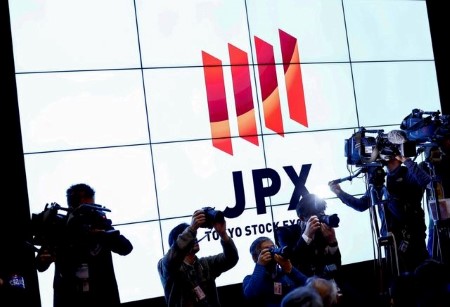NEW YORK – Longer-term US Treasury yields have surged to multi-month highs, outpacing a rise in shorter-dated yields, with some of the disparity reflecting anticipation that the incoming Trump administration will need to change the current focus on relying more on short-term debt, traders say.
President Joe Biden’s Treasury Secretary Janet Yellen has increased sales of Treasury bills, debt maturing in one year or less, which have seen strong demand from money market investors.
But that has taken the portion of bills above the recommended levels for the overall debt outstanding, a process that will likely need to be addressed by President-elect Donald Trump’s nominee for Treasury chief Scott Bessent.
“The market is building more term premium into the long end to account for the fiscal situation, the deficit, and potentially a lot more issuance in the long end of the curve as they unwind the Yellen policy,” said Dan Mulholland, head of rates – trading and sales at Crews & Associates.
Ten-year yields were below those on two-year notes until around September and have been rising at a faster pace since June. Ten-year yields reached 4.73% on Wednesday, the highest since April, while two-year yields have held relatively steady at 4.27%.
Traders say that abundant supply of short-term debt was a factor keeping the US Treasury yield curve inverted for longer than is usual, from around July 2022 to September, which is now being reversed.
“That kept the yield curve inverted, and now I think there’s a feeling that that’s not the way to do it,” said Tom di Galoma, head of fixed income trading at Curvature Securities.
An expected increase in longer-dated debt is not the only factor pushing yields higher. Trump’s policies are expected to boost growth and potentially inflation, both of which will lead to higher interest rates.
The Treasury often uses sales of short-term debt as a kind of shock absorber that it can increase or decrease when it faces large swings in its borrowing needs. But longer-term, market observers say it’s unwise to rely too much on short-term debt, as it increases refinancing risks if market conditions turn.
Outstanding Treasury debt has surged to USD 36 trillion from USD 23 trillion in late 2019 as the government relies more on debt to finance spending and plug its budget deficit, which analysts expect will continue to worsen for the foreseeable future.
Treasury bills now account for 22% of debt, above the 15-20% recommendation by the Treasury Borrowing Advisory Committee.
They reached 25% in 2020 as the government ramped up spending related to COVID-related business closures. They then fell back to around 15% in 2022 but have taken a larger share of overall debt issuance since.
While the Treasury is not expected to immediately increase its longer-dated debt auctions, market participants have begun pricing for the likely eventuality and will watch the US government’s quarterly refunding announcements for signals on when it will likely begin.
“Trump’s Treasury Secretary is not going to cause disruption in the market by suddenly changing the auction sizes, but it could be that in late April, early May, that we start to see announcements for higher coupon auction sizes,” said Will Compernolle, macro strategist at FHN Financial. He added that increases in longer-dated debt may begin in the summer.
(Reporting By Karen Brettell; editing by Alden Bentley and Mark Heinrich)







 DOWNLOAD
DOWNLOAD




